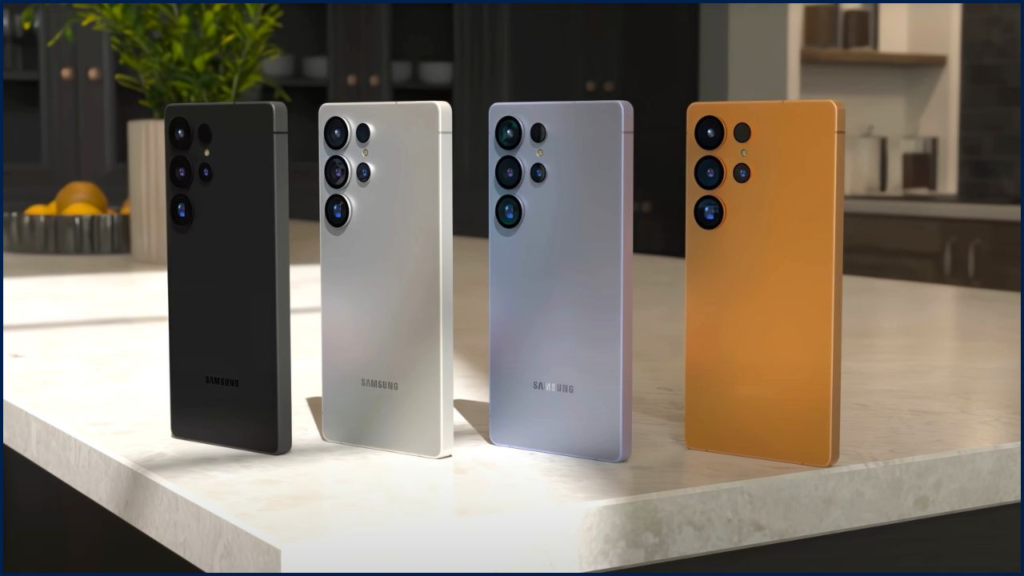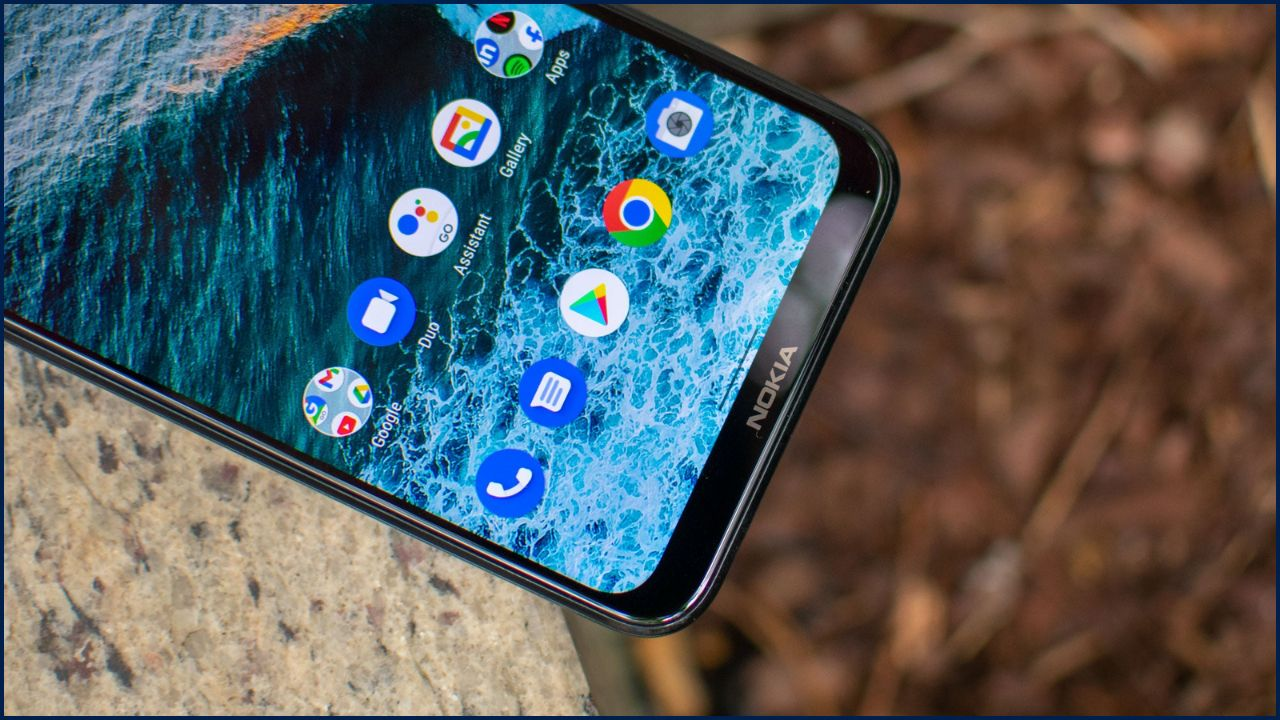
The Samsung Galaxy S26 Ultra has become one of the most discussed smartphones of 2025, with widespread reports suggesting it may feature a 250MP primary camera and a titanium frame. While these claims have generated significant attention worldwide, experts caution that much of the speculation is unverified, and official confirmation is unlikely until early 2026.
Samsung’s Camera Innovation Timeline
Samsung has long used its Galaxy Ultra line to push the boundaries of mobile photography. The Galaxy S20 Ultra in 2020 introduced the first 108MP sensor in a mainstream phone. By 2023, the Galaxy S23 Ultra advanced this to 200MP, setting a benchmark in mobile imaging.
The rumoured jump to 250MP in the Galaxy S26 Ultra would represent another bold step. However, industry analysts question whether such a leap is technically feasible within current manufacturing limits. “Megapixels alone do not guarantee better images,” explained Bryan Ma, Vice President at IDC Research. “Larger sensors, better lenses, and advanced computational photography are equally important.”
The 250MP Camera Debate
Rumours of a 250MP camera have circulated since late 2024, amplified by technology blogs and social media speculation. Some reports claim Samsung has been testing a prototype sensor, codenamed “ISOCELL Zoom Anyplace 250,” though no official confirmation exists.
Experts remain sceptical. According to Counterpoint Research, the step from 200MP to 250MP would require significant improvements in data throughput, storage, and thermal management. Larger files would consume more memory and battery power, potentially affecting usability.
“Packing more pixels into the same sensor size can actually reduce performance in low light, unless sensor design changes dramatically,” noted Dr. Vivek Gupta, Professor of Electronics at the Indian Institute of Technology, Delhi.
Titanium Build: A More Credible Development
Unlike the ambitious 250MP claim, the rumour of a titanium frame is more credible. Samsung introduced titanium in the Galaxy S25 Ultra, following Apple’s adoption of the material in its iPhone 15 Pro. Titanium offers durability and scratch resistance while remaining relatively lightweight compared to stainless steel.
However, titanium is also more expensive to source and process. Analysts expect that if Samsung retains titanium for the S26 Ultra, production costs may increase further. This could lead to higher retail prices in India and other markets.
Competition in the Smartphone Market
Samsung faces fierce competition from rivals such as Apple, Xiaomi, and Google, all of which have invested heavily in camera innovation.
- Apple’s iPhone 16 Pro, expected later in 2025, will likely continue its focus on computational photography rather than sheer megapixels.
- Xiaomi has pioneered 1-inch camera sensors, providing superior light capture.
- Google Pixel devices leverage artificial intelligence to deliver advanced features like Night Sight and real-time HDR.
In this landscape, Samsung has positioned its Ultra series as the hardware-driven flagship, appealing to professional photographers and enthusiasts who demand cutting-edge specifications.
What Consumers Stand to Gain — and Lose
Benefits of Higher Megapixels
A 250MP sensor, if realised, could enable unprecedented detail in daylight photography, allowing users to crop and zoom without losing clarity. Such sensors could also support advanced zoom modes and ultra-high-resolution video capture.
Trade-Offs and Concerns
However, consumers may face challenges:
- File Sizes: A single 250MP photo could consume over 100MB of storage.
- Battery Impact: Processing ultra-high-resolution images may drain batteries more quickly.
- Price: Titanium frames and advanced sensors may increase device prices beyond ₹1,50,000 in India.
“While consumers are excited about numbers, the real question is balance—how well the device manages speed, battery, and usability alongside innovation,” said Neil Shah of Counterpoint.
Economic and Supply Chain Factors
Titanium sourcing presents its own challenges. Much of the global supply comes from Russia, Kazakhstan, and China, regions affected by geopolitical tensions. This could complicate supply chains and impact smartphone pricing.
Meanwhile, Samsung has invested heavily in its own ISOCELL sensor production in South Korea to reduce dependency on external suppliers. Analysts believe this vertical integration could help the company manage costs if it pursues advanced camera technology.
The Future of Mobile Photography
Industry experts believe the future of smartphone cameras lies not only in hardware but also in artificial intelligence (AI). Companies are increasingly using AI to enhance low-light photos, reduce noise, and generate advanced effects.
Even if a 250MP camera does not arrive in 2026, such technology may be developed within the next three to five years. “We are likely to see 250MP sensors in specialised or experimental devices before mainstream adoption,” said Ben Wood, Chief Analyst at CCS Insight.
Lava Storm Play and Storm Lite Launched Under ₹10,000 – Massive Discounts on Limited Stocks
When to Expect Official Details
Samsung typically unveils its Galaxy S flagship series in the first quarter of each year. If tradition holds, the Galaxy S26 Ultra could be announced in February 2026 at Samsung’s annual “Unpacked” event.
A spokesperson told Reuters in response to questions: “We do not comment on rumours or speculation about future products.” This indicates that confirmation of specifications will not occur before official launch timelines.
Conclusion
The buzz around the Samsung Galaxy S26 Ultra underscores both consumer fascination with cutting-edge technology and the risks of premature speculation. A titanium build appears highly probable, continuing Samsung’s premium design trend. However, the much-discussed 250MP camera remains unverified and should be treated cautiously.
As smartphone innovation continues to accelerate, the race is increasingly shifting from raw megapixels to a combination of materials, sensor design, and artificial intelligence. Consumers will need to balance excitement with critical thinking as they await Samsung’s next move in 2026.

















